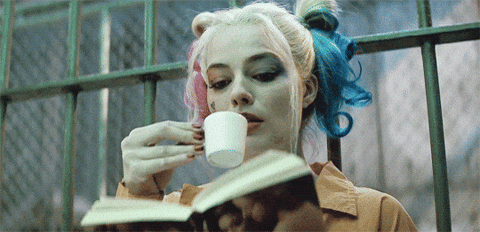Create Rebel Readers, Study a Banned Book!
09:40:00Banned Books Week is the last week of September every year, this year being the 34th annual celebration and this creates an awesome learning opportunity for students. There are a ton of resources online about the importance of teaching students about banned books and challenged books. Plus, there’s no better way to make reading cool than to make it a rebellious act!
There are a ton of books that have been banned or challenged in the past that you might recognize or even love! For example,
- Captain Underpants
- The Adventures of Huckleberry Finn
- Harry Potter
- Bridge to Terabithia
- The Fault in Our Stars
- And Tango Makes Three
- Paper Towns
- Nineteen Minutes
- The Giver
- The Lorax
Just try googling “teaching banned books” and you’ll be bombarded with information provided by educators and books lovers alike who are attempting to preserve our right to read!
It is important for students to understand the concept of censorship and to challenge the limitations that banning books imposes. By celebrating banned books week, students are becoming informed and are beginning to think critically about the act of banning books and censoring our reading.
The right to read any book that we want may be in danger when schools, organizations, religious groups, and even parents, are attempting to have certain book titles taken off our shelves.
Often people’s desire to challenge a book is due to it containing profanities, sexual content, violence, etc. When books are recommended for certain age groups, or are told to be read under parental discretion, that’s understandable.
 |
| Cole, Henry (2005). And Tango Makes Three (Book Cover) |
Teachers might want to read a book that has been banned in other regions, that was banned in the past, or that has been unsuccessfully challenged several times. By reading these books together as a class, students will begin to think more critically about why these books have been challenged and how lucky they are to have the opportunity to read what other students might not have access to.
It is important however for students to be able to look at both sides of the argument. By having students look at the different titles of books that are commonly banned or challenged, they might gain a better understanding of why some people may have wanted those books removed.
One website suggests having students create venn diagrams or mind maps exploring both the positive and negative aspects of reading banned and challenged books in class. Possible rewards might be students having more open minds and being exposed to new/unique ideas; Possible risks might be students being exposed to sexuality or violence or a lack of morality. An interesting possibility for older grades would be to have them debate for and against reading banned books in the class, to hear different people’s opinions and ideas.
Hopefully by teaching students about banned and challenged books, they will appreciate and celebrate their freedom to read the books that they want. Plus they’ll feel like rebels for reading books labelled as banned.





0 comments
Leave a comment and let me know what you think!